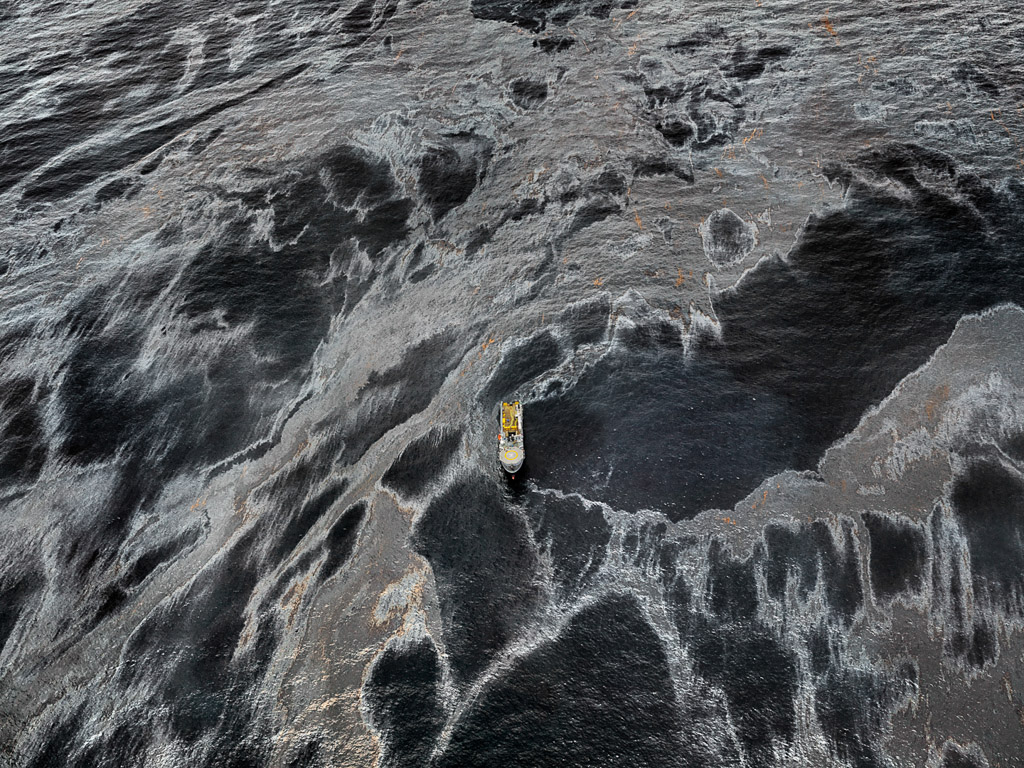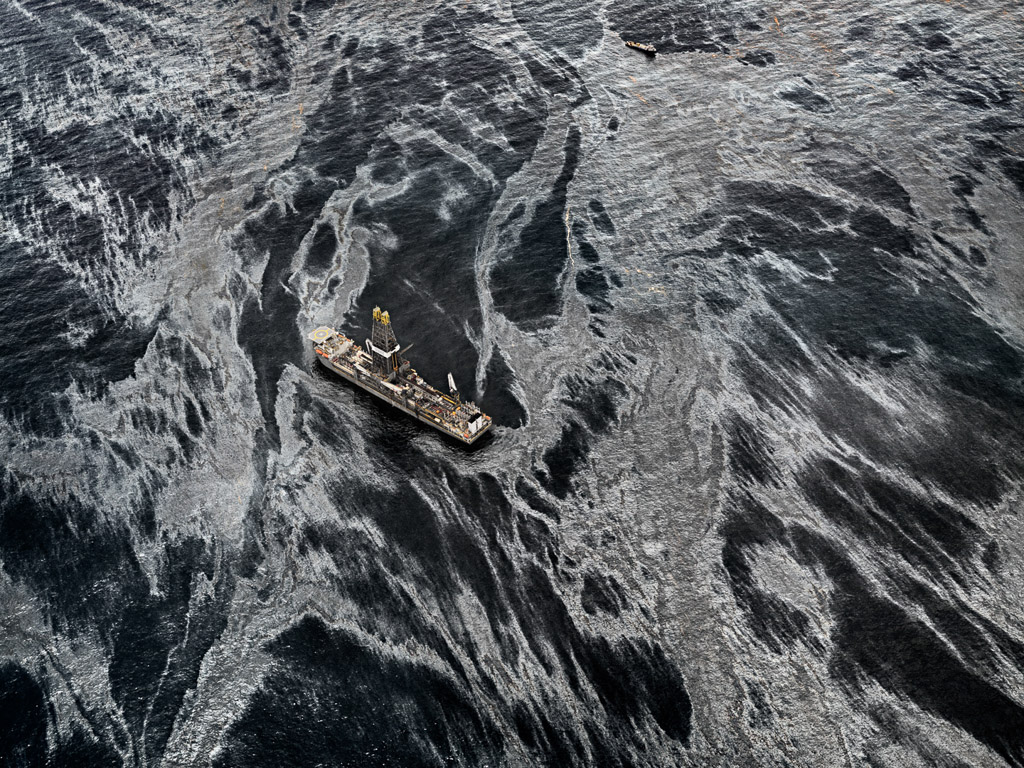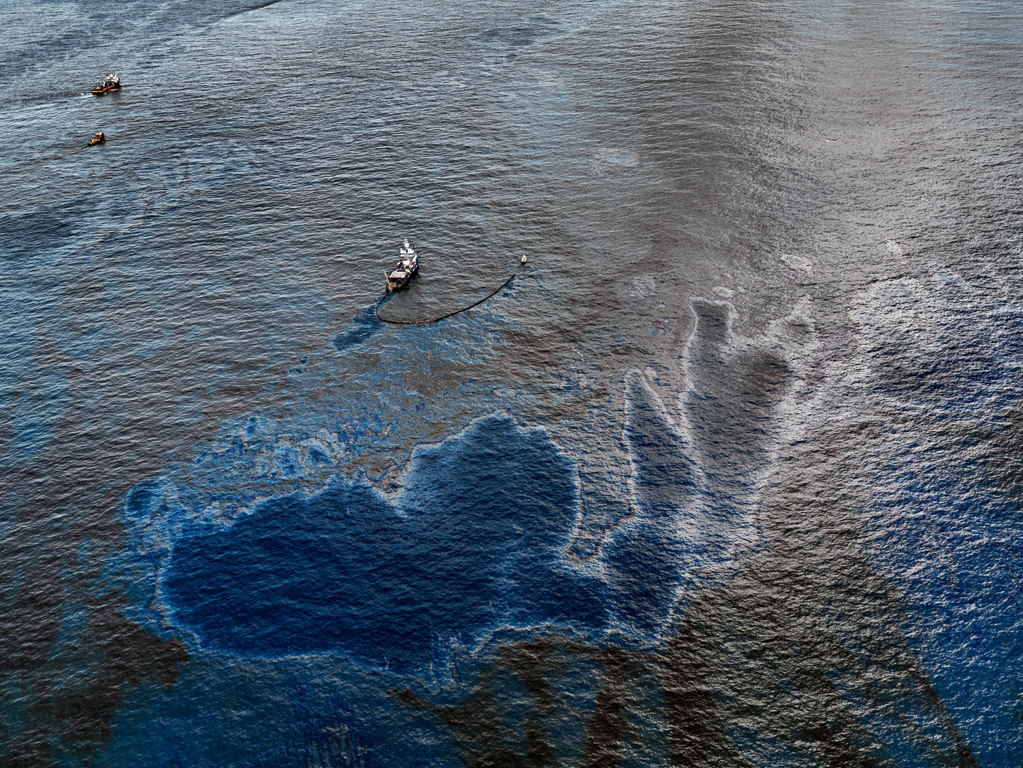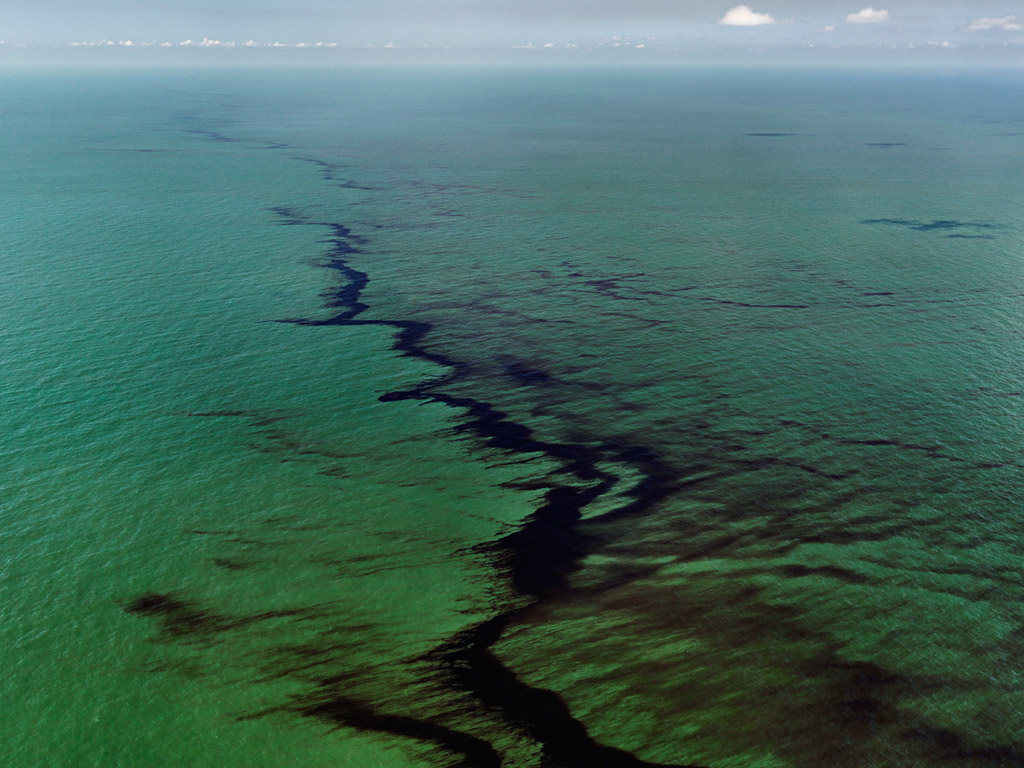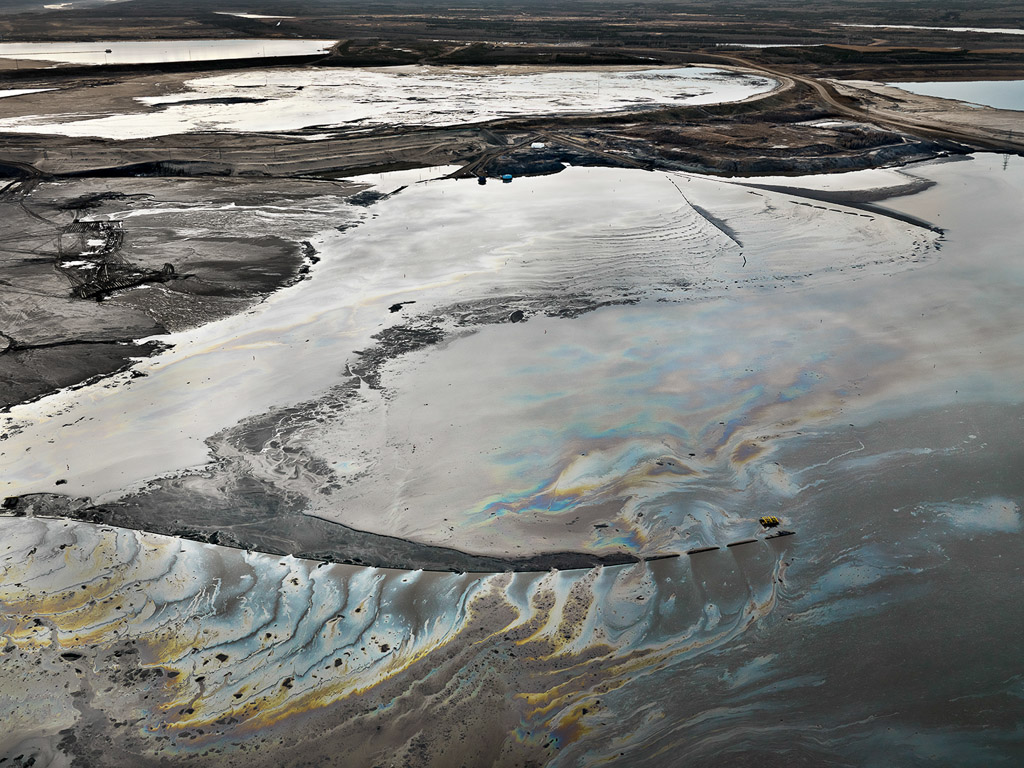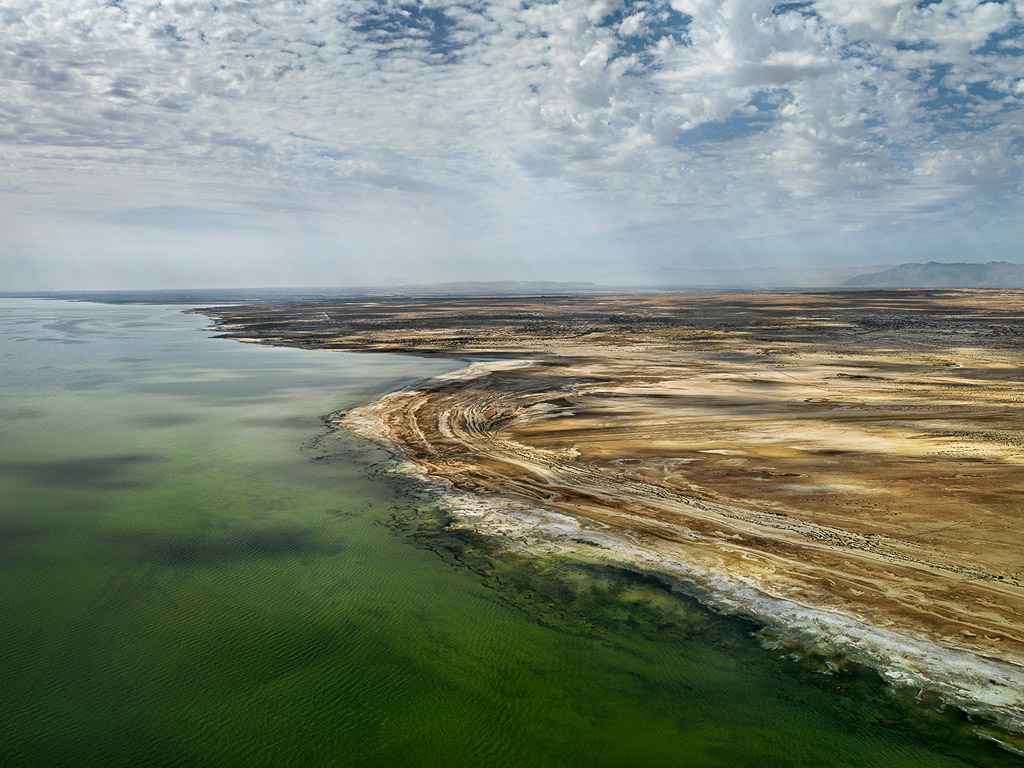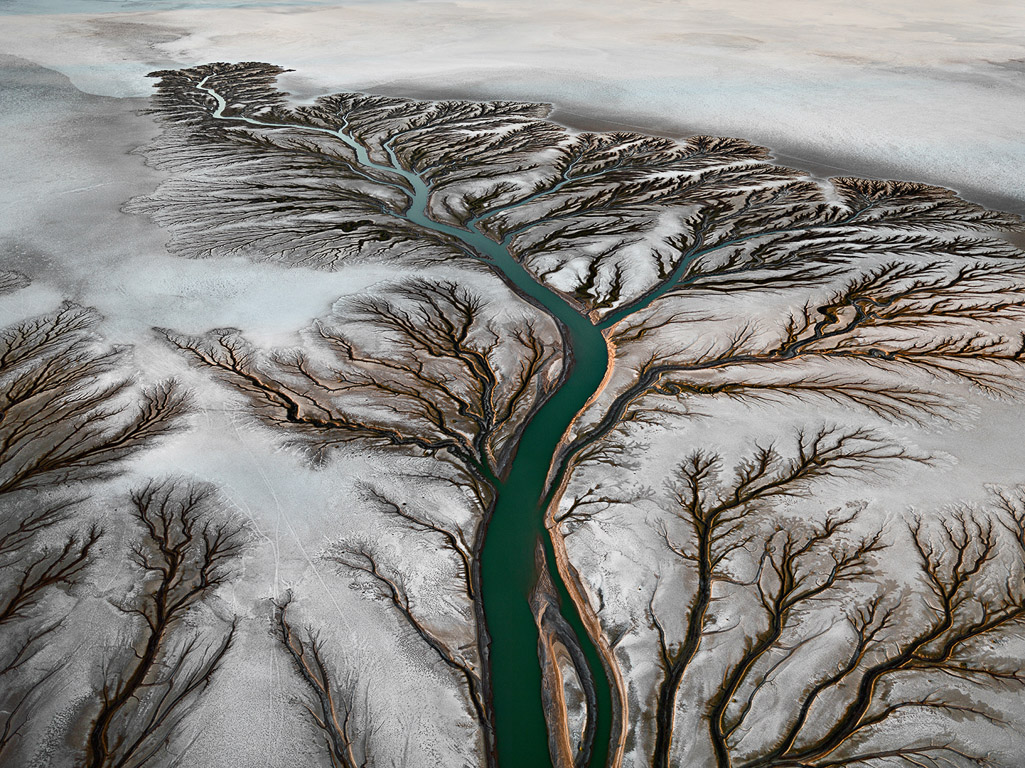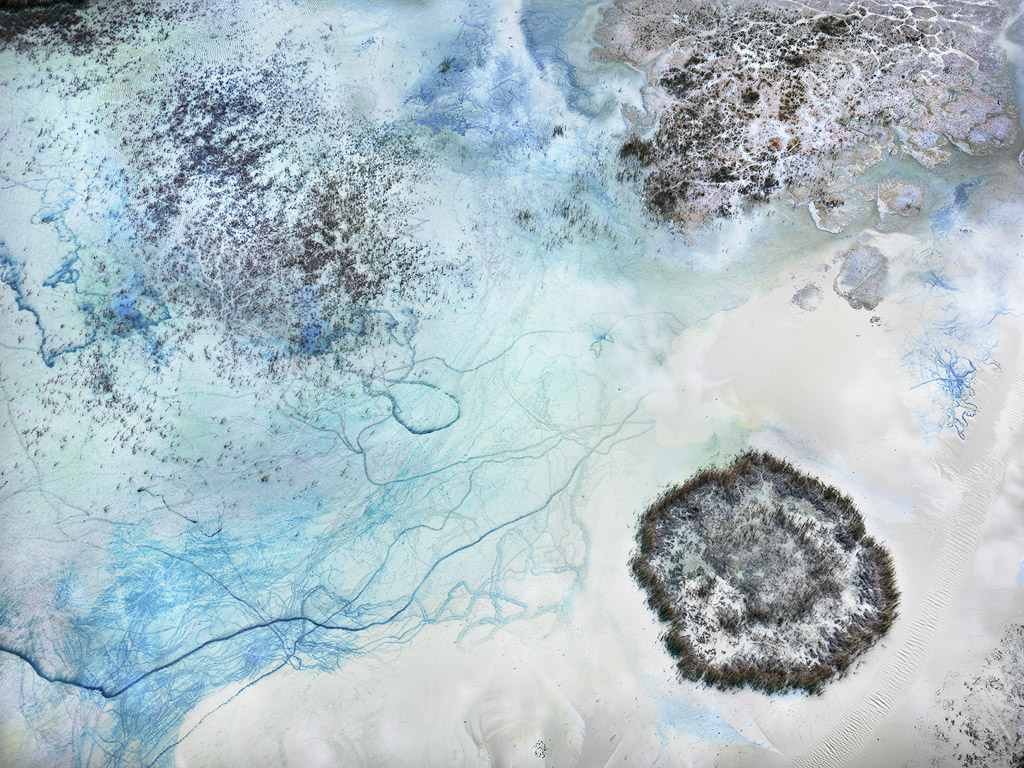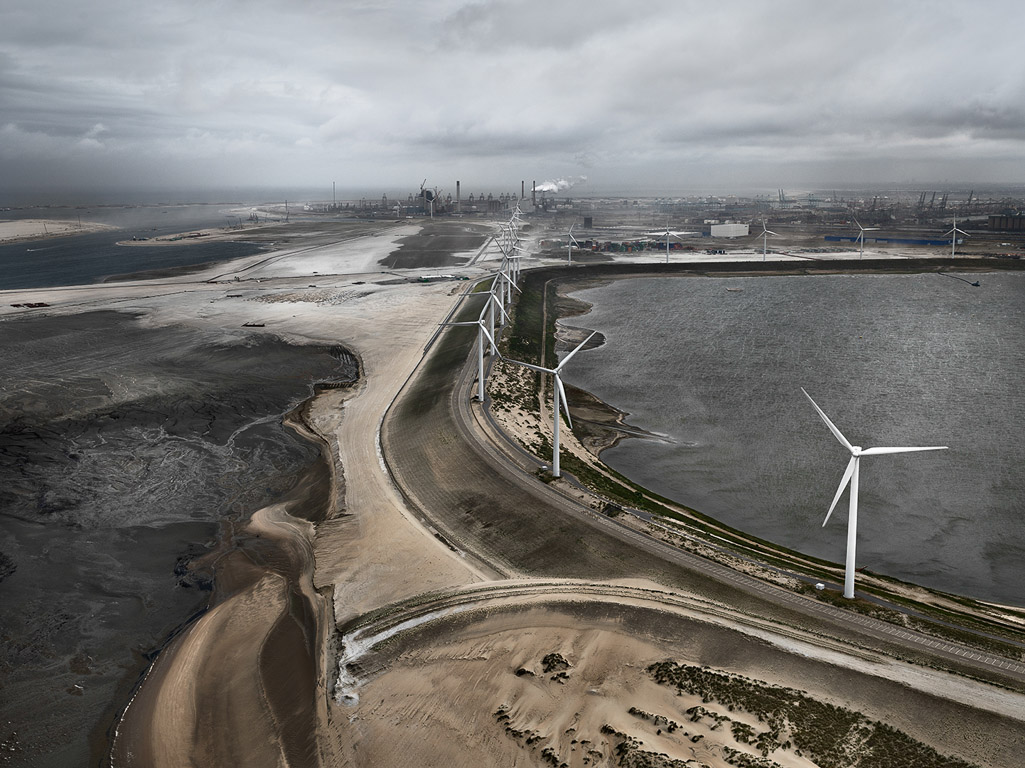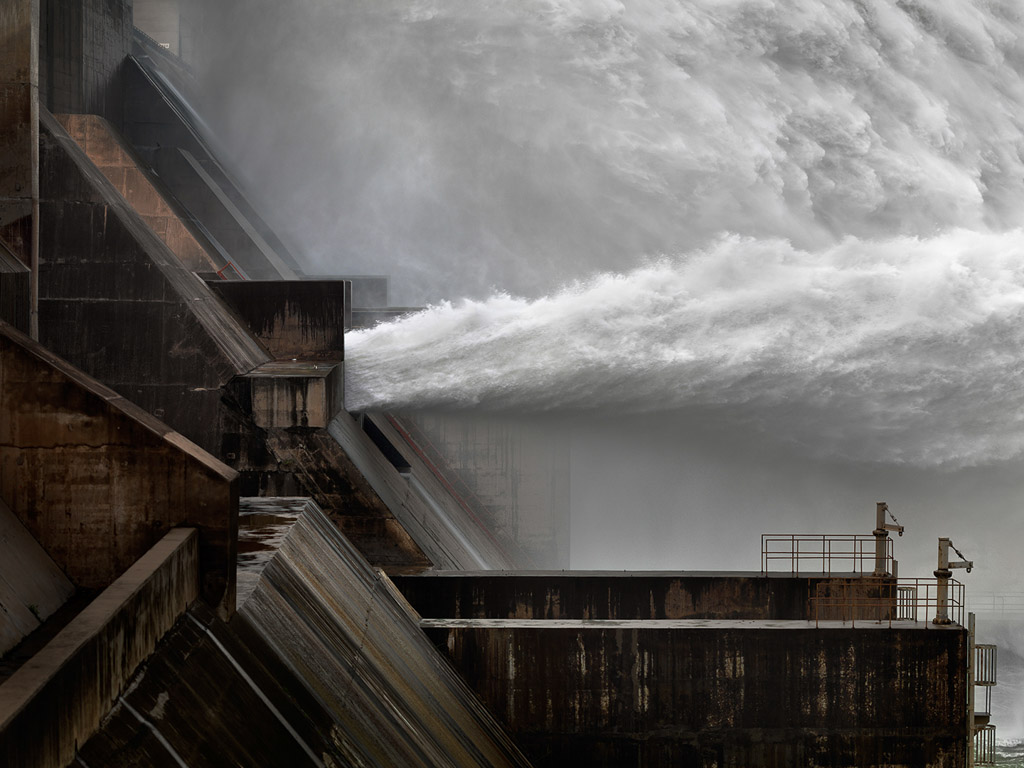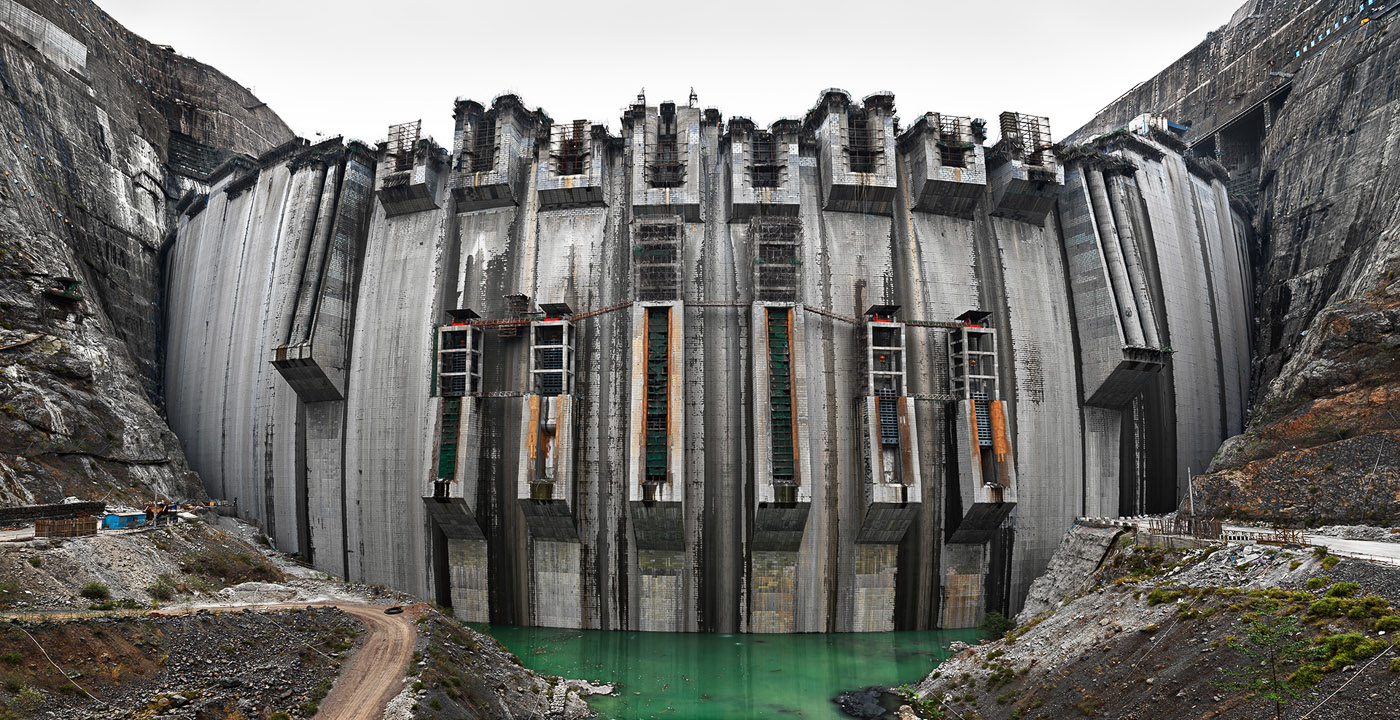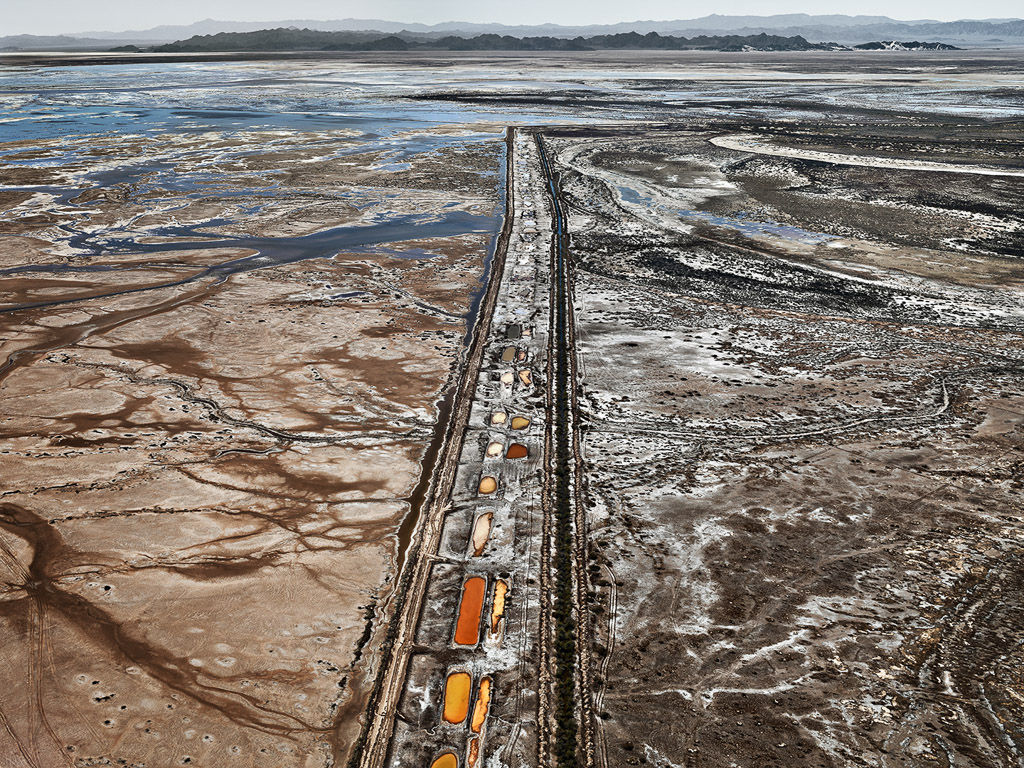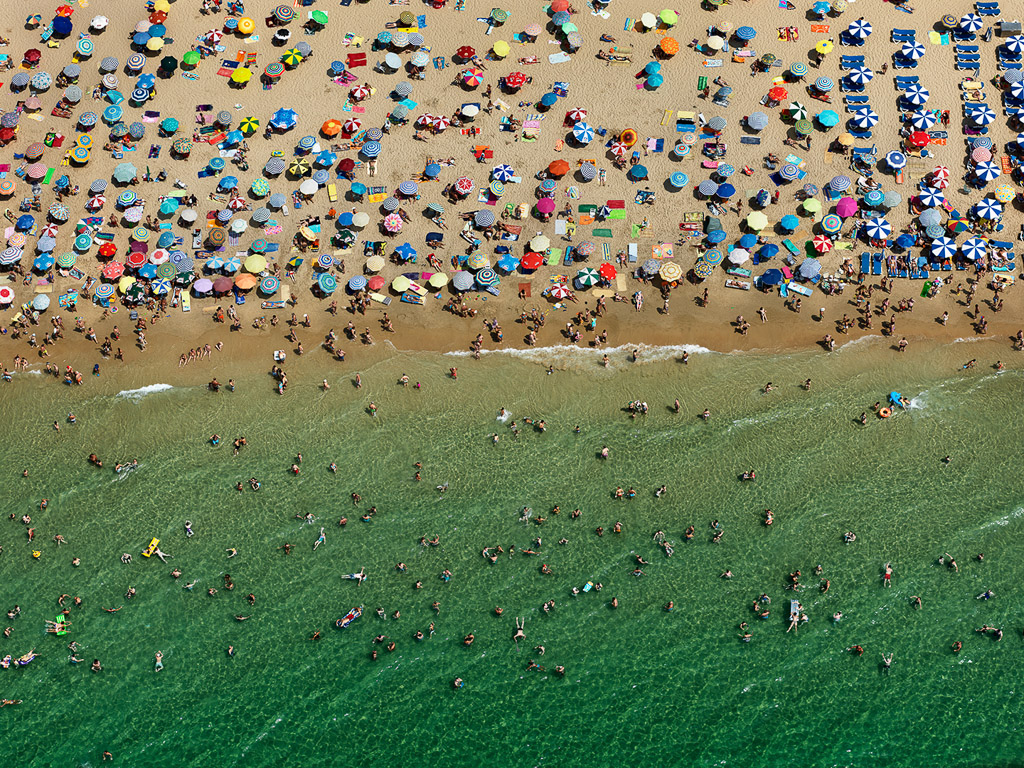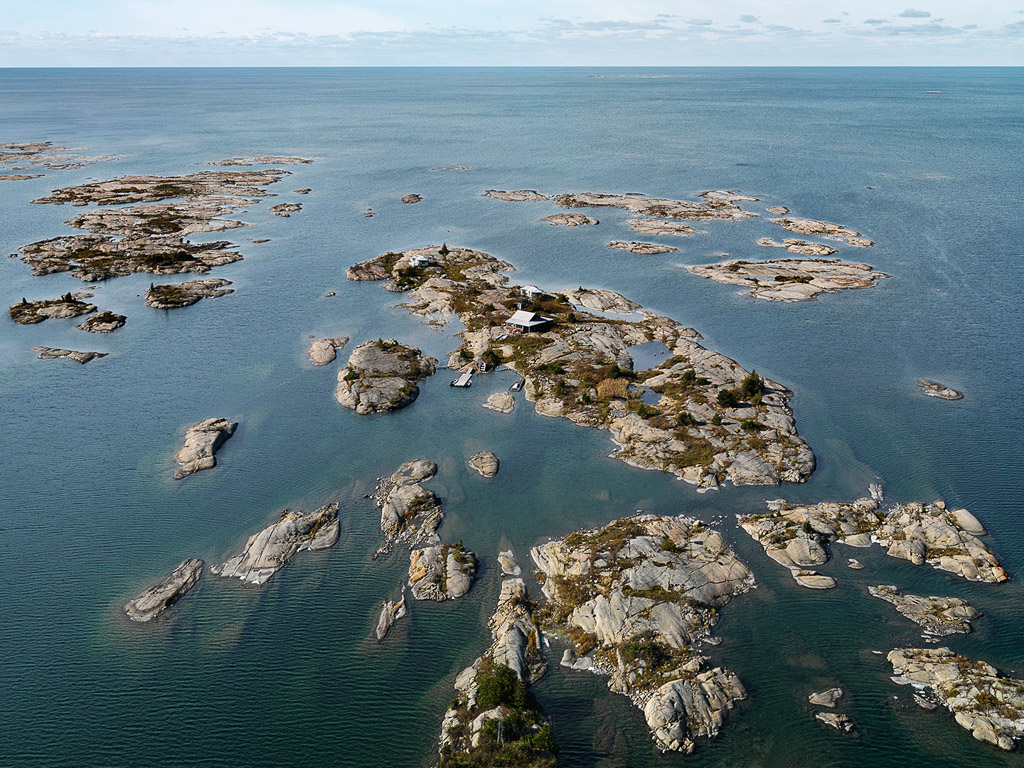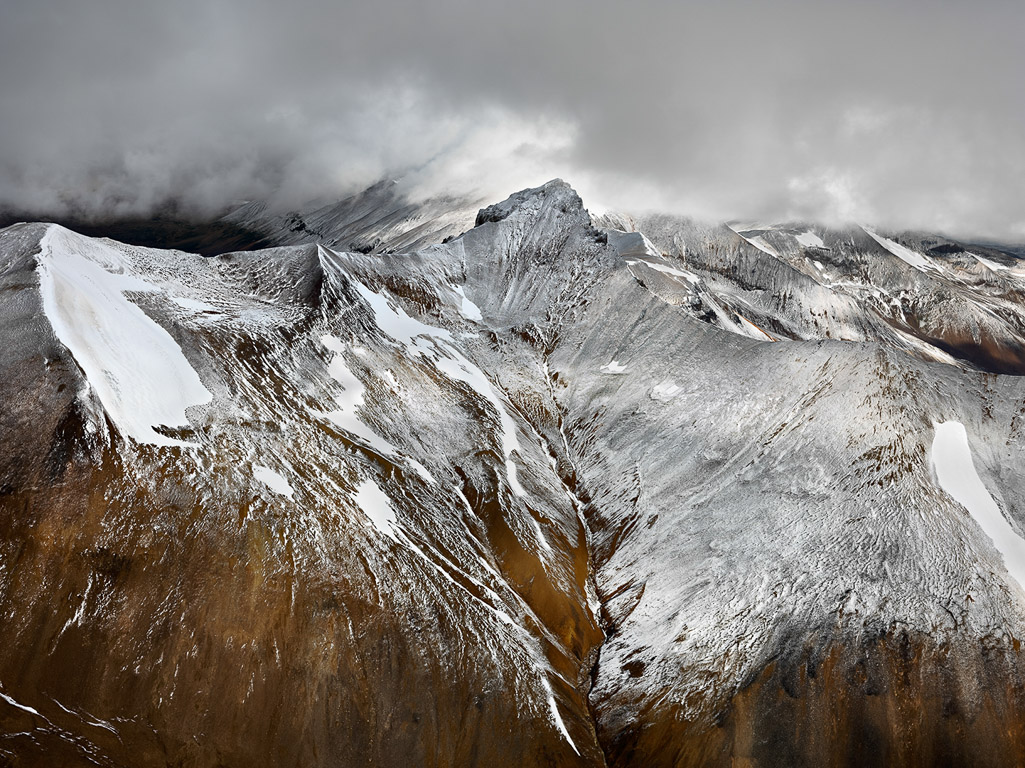Water
WATER
Artist’s Statement
“While trying to accommodate the growing needs of an expanding, and very thirsty civilization, we are reshaping the Earth in colossal ways. In this new and powerful role over the planet, we are also capable of engineering our own demise. We have to learn to think more long-term about the consequences of what we are doing, while we are doing it. My hope is that these pictures will stimulate a process of thinking about something essential to our survival; something we often take for granted—until it’s gone.” – Edward Burtynsky
"I wanted to understand water: what it is, and what it leaves behind when we're gone. I wanted to understand our use and misuse of it. I wanted to trace the evidence of global thirst and threatened sources. Water is part of a pattern I've watched unfold throughout my career. I document landscapes that, whether you think of them as beautiful or monstrous, or as some strange combination of the two, are clearly not vistas of an inexhaustible, sustainable world." – Edward Burtynsky (Walrus, October 2013)
"The project takes us over gouged landscapes, fractal patterned delta regions, ominously coloured biomorphic shapes, rigid and rectilinear stepwells, massive circular pivot irrigation plots, aquaculture and social, cultural and ritual gatherings. Water is intermittently introduced as a victim, a partner, a protagonist, a lure, a source, an end, a threat and a pleasure. Water is also often completely absent from the pictures. Burtynsky instead focusses on the visual and physical effects of the lack of water, giving its absence an even more powerful presence." — Russell Lord, Curator of Photographs, NOMA
GULF of MEXICO:
When BP’s Deepwater Horizon well began pouring millions of barrels of oil into the Gulf of Mexico in May 2010, Edward Burtynsky traveled to the site to capture the event. Though characteristically spectacular and expressly an evolution of the photographer’s more recent aerial shooting method, the images present something of a departure for Burtynsky, who has said of his work “I understand that it has an editorial aspect to it, but nothing I photograph is typically a news event. I’m not so much into chasing disasters as I am into looking at big industrial incursions into the landscape or in this case, the seascape.”
This Oil Spill imagery, while expressing the familiar grand scale of Burtynsky’s oeuvre, also depicts an event that is newsworthy—even as it is alchemized into art. As a result, there is a notable degree to which these pictures “inform the typically omniscient viewpoint with an charge of topicality.”
DISTRESSED:
Landscapes where water is scarce or forever compromised such as the Salton Sea, the Colorado River Delta, that has not seen a drop of water from that river in over forty years, and is now a desert; or Owens Lake, that saw its water diverted to Los Angeles in 1913 and is now a dry, toxic lakebed.
CONTROL:
This chapter examines large-scale incursions imposed upon the earth to harness and divert the power of water; from the ancient Stepwells of India, to the modern canals that feed precious water to millions in California, and gigantic hydroelectric dam projects of China.
AGRICULTURE:
Agriculture represents - by far - the largest human activity upon the planet. Approximately seventy percent of all fresh water under our control is dedicated to this activity.
AQUACULTURE:
Aquaculture provides a glimpse into this quickly growing and increasingly important food source. Aquaculture looks as those places where land and sea is been shaped to serve the purposes of growing and harvesting water-based crops such as salt, fish, shrimp, seaweed and rice.
WATERFRONT:
Waterfront looks at the way we shape land to create manufactured waterfront properties, and speaks about the human need and desire to be near water—even if it is artificial. Burtynsky also takes us to India, to witness the largest pilgrimage on the planet with 35 million people arriving to bathe in the Ganges to release them of their sins—an ancient spiritual belief in the cleansing power and sacredness of water.
SOURCE:
Source comes from Burtynsky’s journey to British Columbia and Iceland, places where a critical stage in the hydrological cycle takes place: the mountains, containing glaciers and snow. They are the first landscapes in over thirty years Burtynsky took focussing specifically on pristine wilderness, instead of the imposition of human systems upon it.

